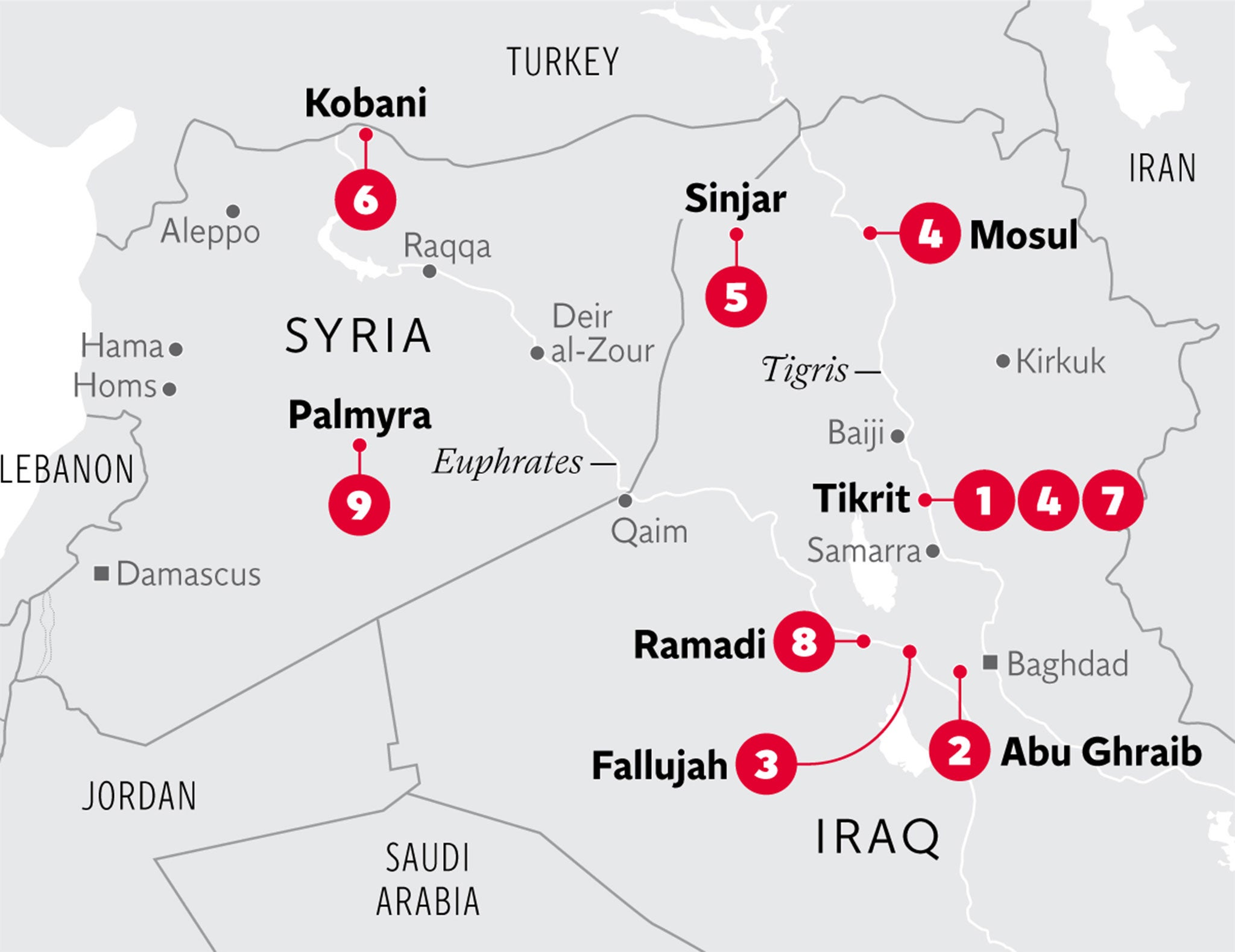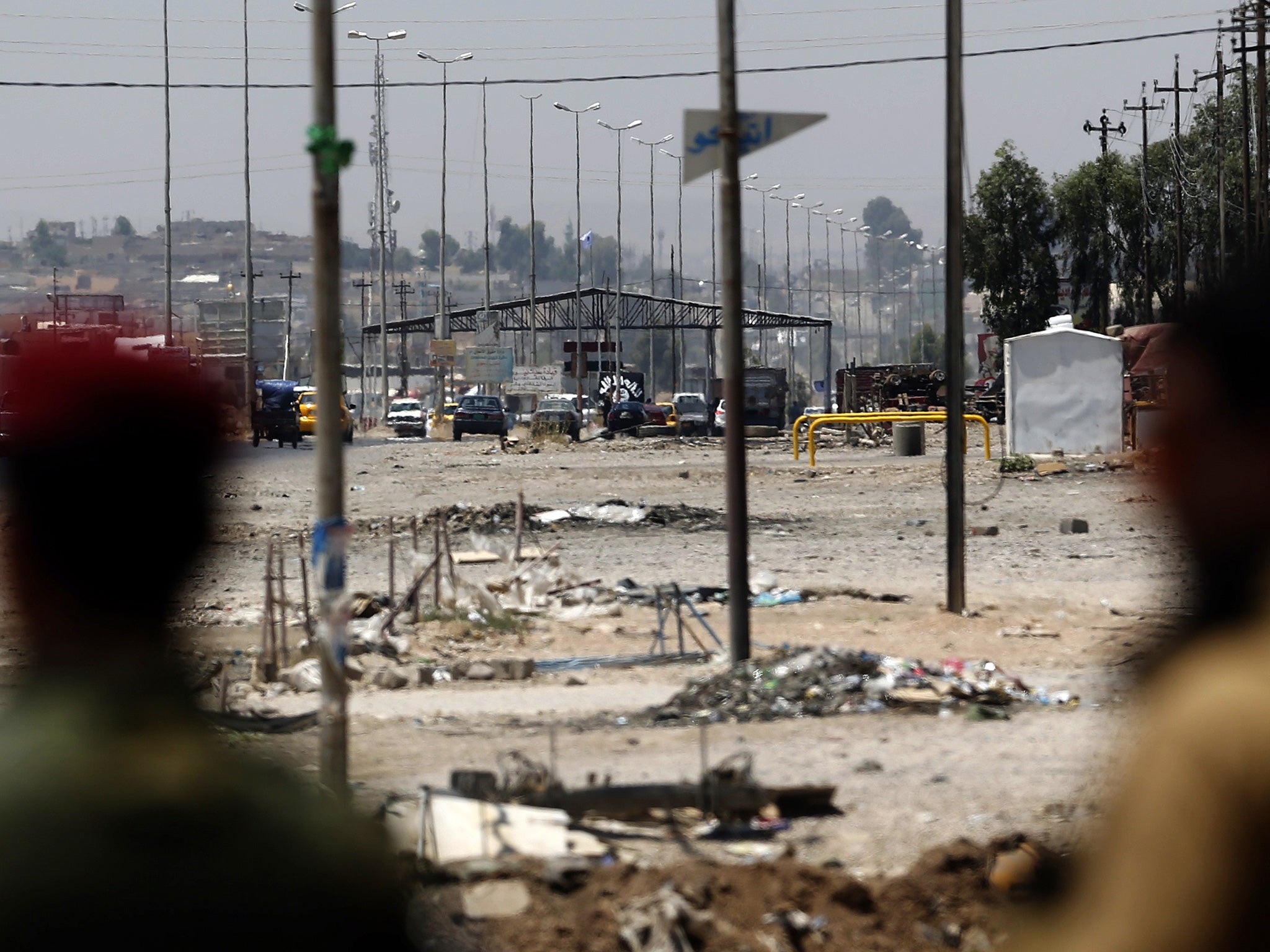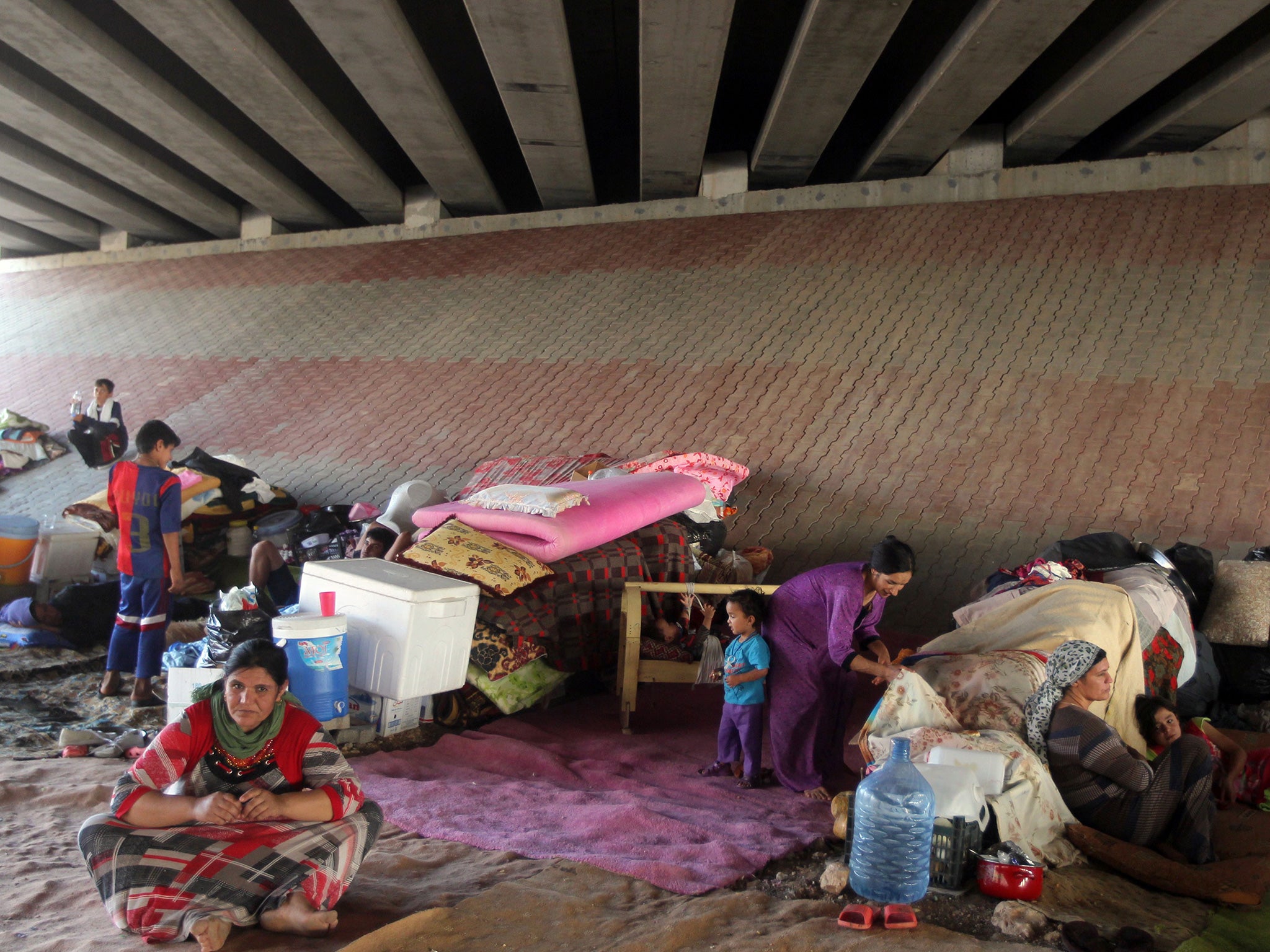Isis, a year of the caliphate: Nine battles that made the group what it is
The group's influence has spread rapidly

Your support helps us to tell the story
From reproductive rights to climate change to Big Tech, The Independent is on the ground when the story is developing. Whether it's investigating the financials of Elon Musk's pro-Trump PAC or producing our latest documentary, 'The A Word', which shines a light on the American women fighting for reproductive rights, we know how important it is to parse out the facts from the messaging.
At such a critical moment in US history, we need reporters on the ground. Your donation allows us to keep sending journalists to speak to both sides of the story.
The Independent is trusted by Americans across the entire political spectrum. And unlike many other quality news outlets, we choose not to lock Americans out of our reporting and analysis with paywalls. We believe quality journalism should be available to everyone, paid for by those who can afford it.
Your support makes all the difference.Since declaring a 'caliphate' in Syria and Iraq and demanding allegiance from Muslims across the world, the influence of Isis has spread across the Middle East.
Now, a year on from the beginning of their rapid expansion, the jihadist group occupies vast swathes of the region, while their propaganda has inspired recruits from as far afield as France, Germany and the UK.
Here are the nine battles that have made the so-called Islamic State what it is today:
1) 18 April, 2010: Abu Omar al-Baghdadi is killed by US and Iraqi forces
2) 22 July 2013: Abu Ghraib prison break
More than 500 inmates from Iraq’s Abu Ghraib prison escaped after suicide bombers drove cars filled with explosives to the gates of the prison on the outskirts of Baghdad on a Sunday night. Militants shot at prison guards with rocket-propelled grenades. Ten policemen and four militants were killed during the battle. Most of the inmates who were broken out were convicted senior members of al-Qaeda awaiting execution. The attack killed dozens, including at least 25 members of Iraqi security forces
3) 30 January 2014: Capture of Fallujah by Isis led jihadis
4) 10 June 2014: Capture of Mosul and Tikrit by a few thousand Isis fighters

After three days of fighting, ISIS extremists roamed the streets of Mosul freely. Two divisions of Iraqi soldiers, about 30,000 troops, ran away from the ISIS fighting force of a few thousand.
Iraqi security sources estimate more than a thousand mainly Shi'ite troops were killed during the capture of Mosul while others deserted their army, complaining about their leadership’s lack of training and equipment. Isis fighters then arrived in Tikrit unopposed taking control of the city.
"We have lost Mosul this morning," said a colonel at a local military command centre. "Army and police forces left their positions and ISIL terrorists are in full control.”
5) 3 August 2014: Isis defeats Iraqi Kurds in Sinjar, US starts air strikes

At least 80 Yazidi men were massacred by Isis militants who refused to convert to Islam, after jihadists stormed a small village in Kojo in Northern Iraq. They also kidnapped 100 women and girls in northern Iraq. US drone air strikes then destroyed two armed vehicles in retaliation. Isis' push to the border sent 50,000 Yazidis fleeing for lives and hiding in the Sinjar mountains.
6) 13 September 2014: Isis launches the siege of Kobani
7) March 2015: Capture of Tikrit by Iraqi army and Shia militias
8) May 2015: Isis Captures Ramadi, Iraq
9) 20 May 2015: Isis captures and takes control of the ancient city of Palmyra, Syria
Subscribe to Independent Premium to bookmark this article
Want to bookmark your favourite articles and stories to read or reference later? Start your Independent Premium subscription today.
Join our commenting forum
Join thought-provoking conversations, follow other Independent readers and see their replies
Comments